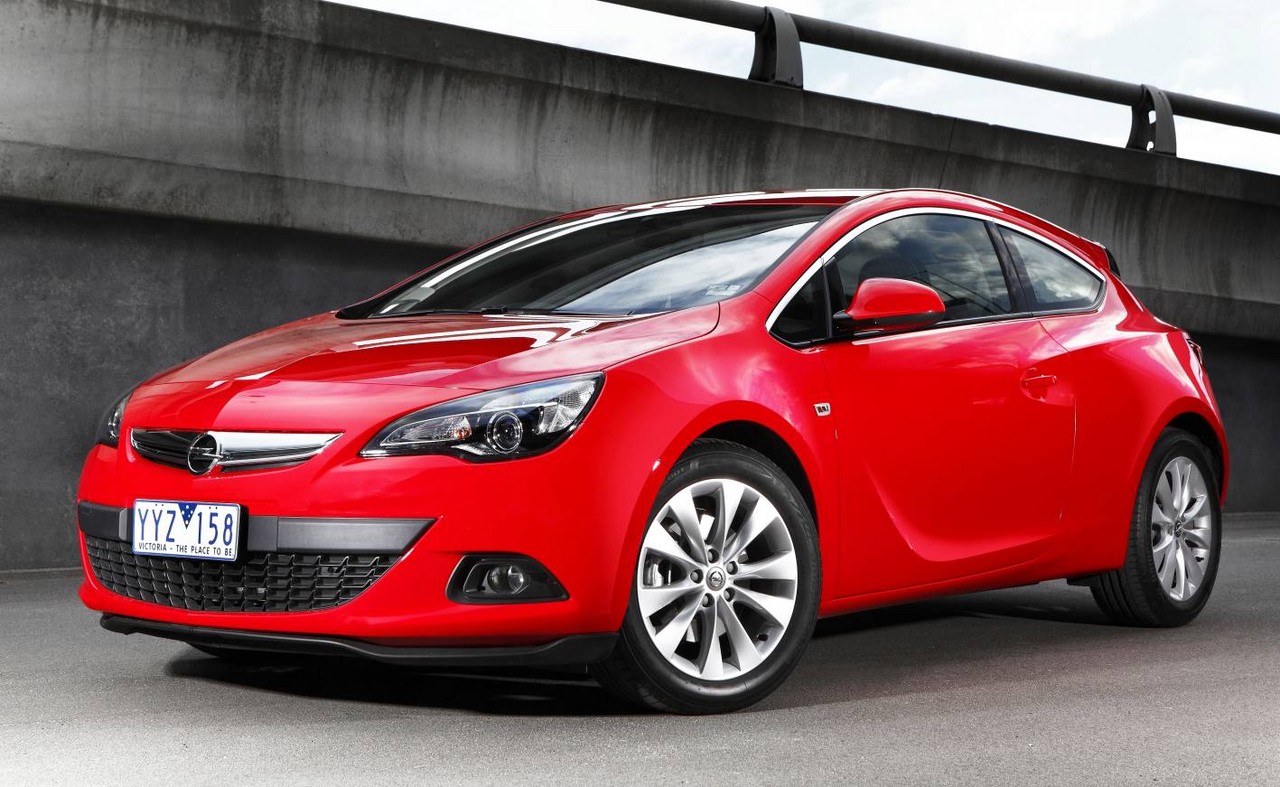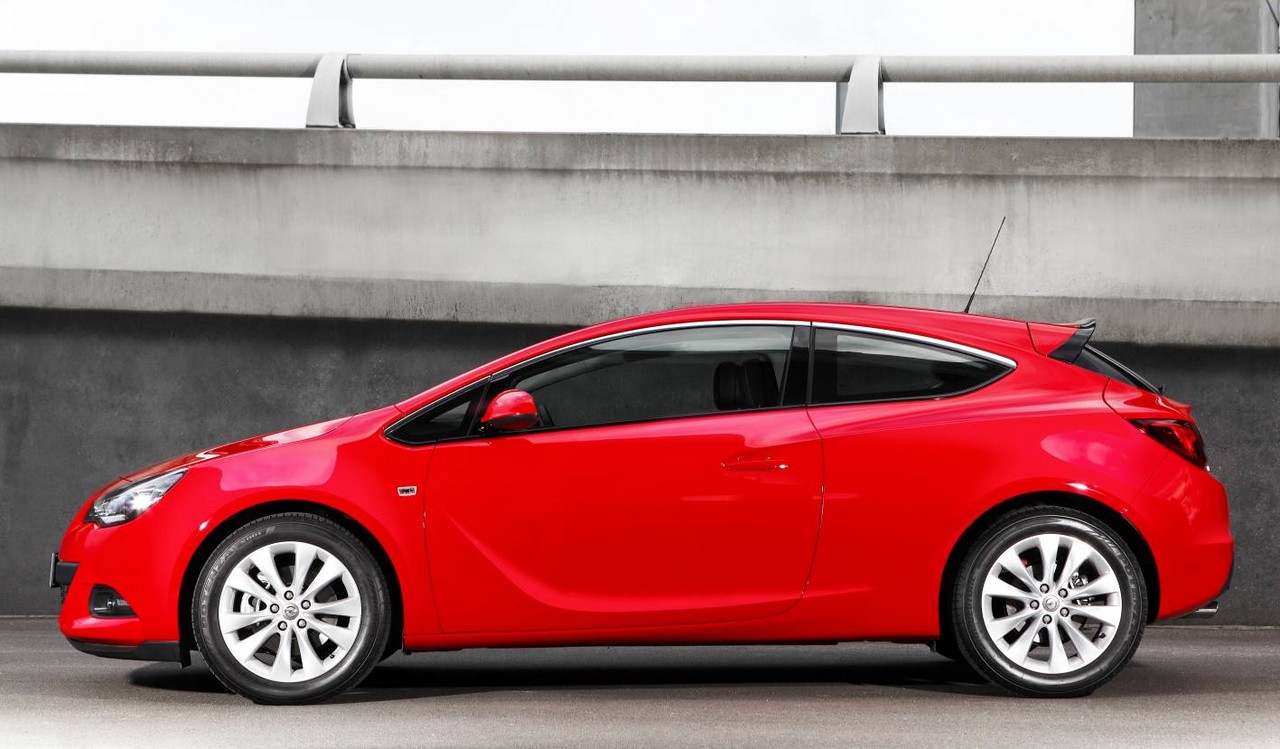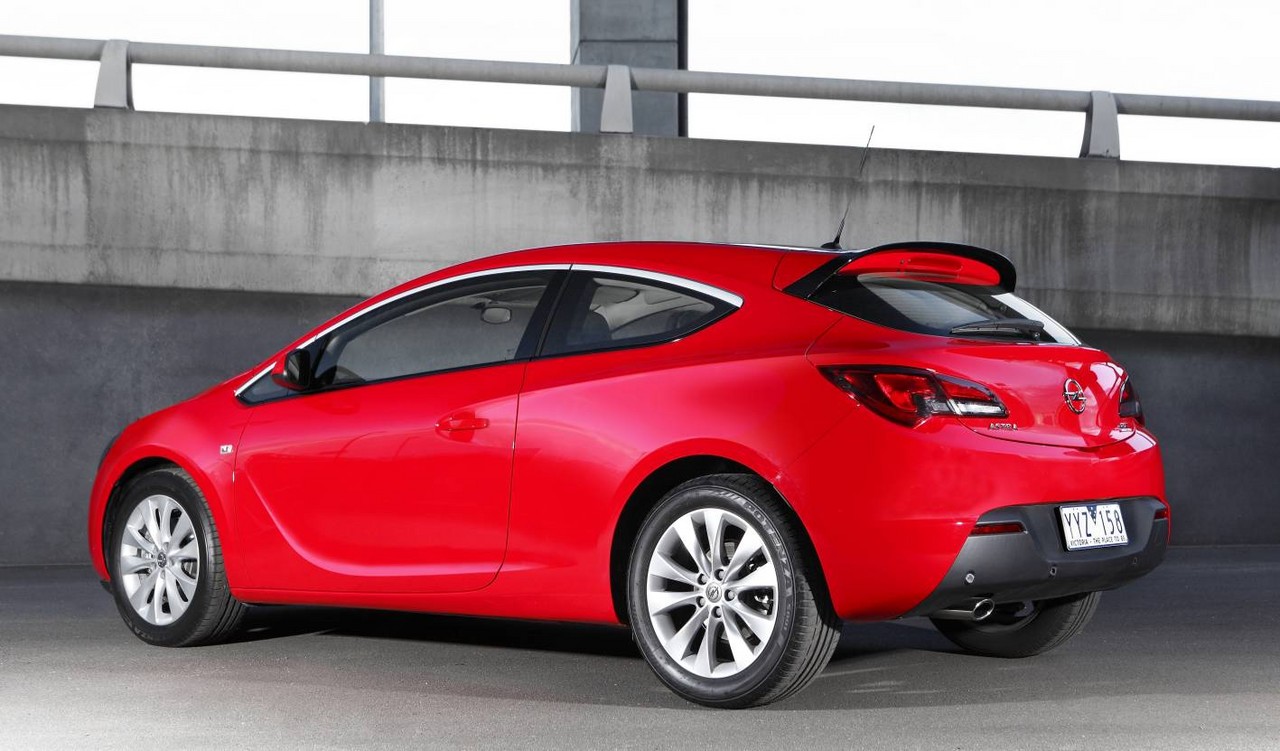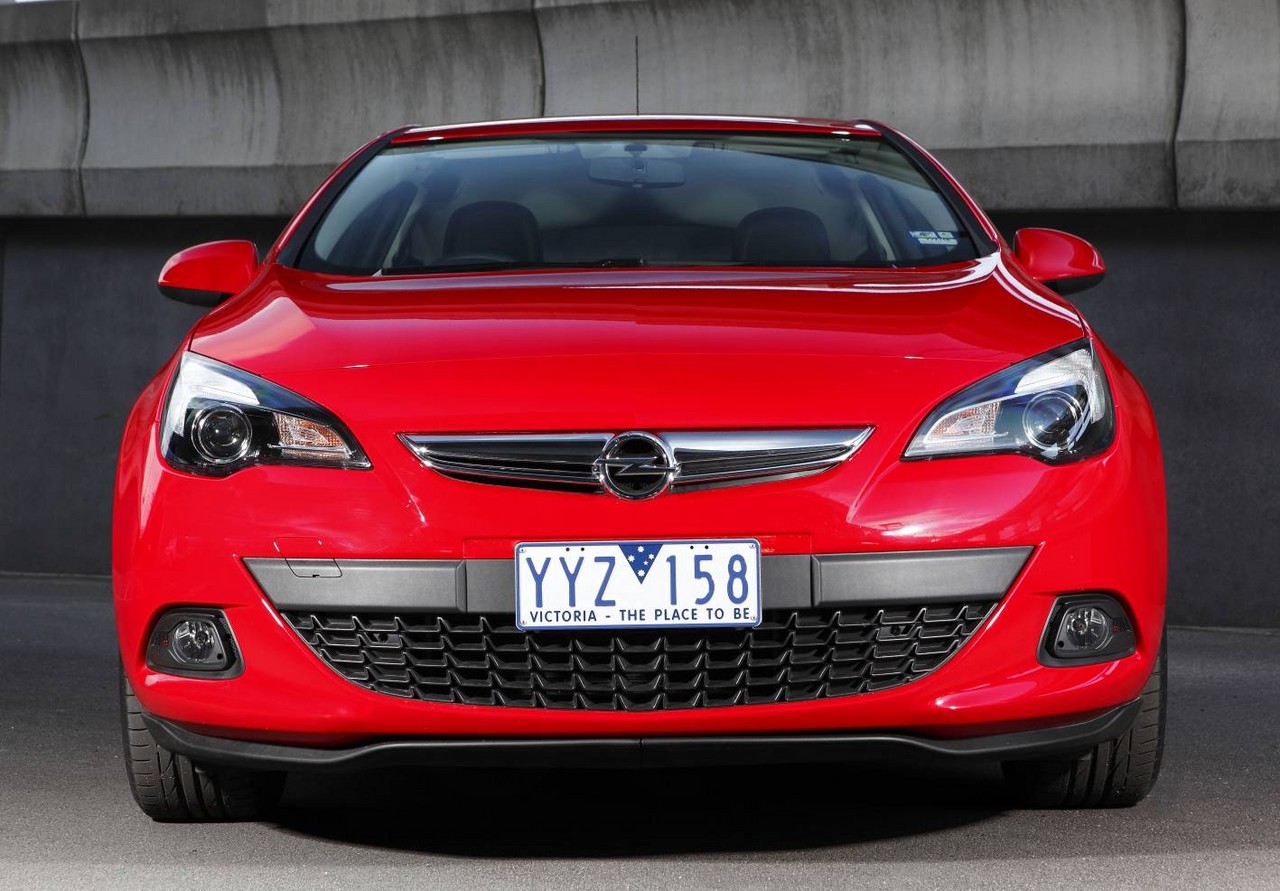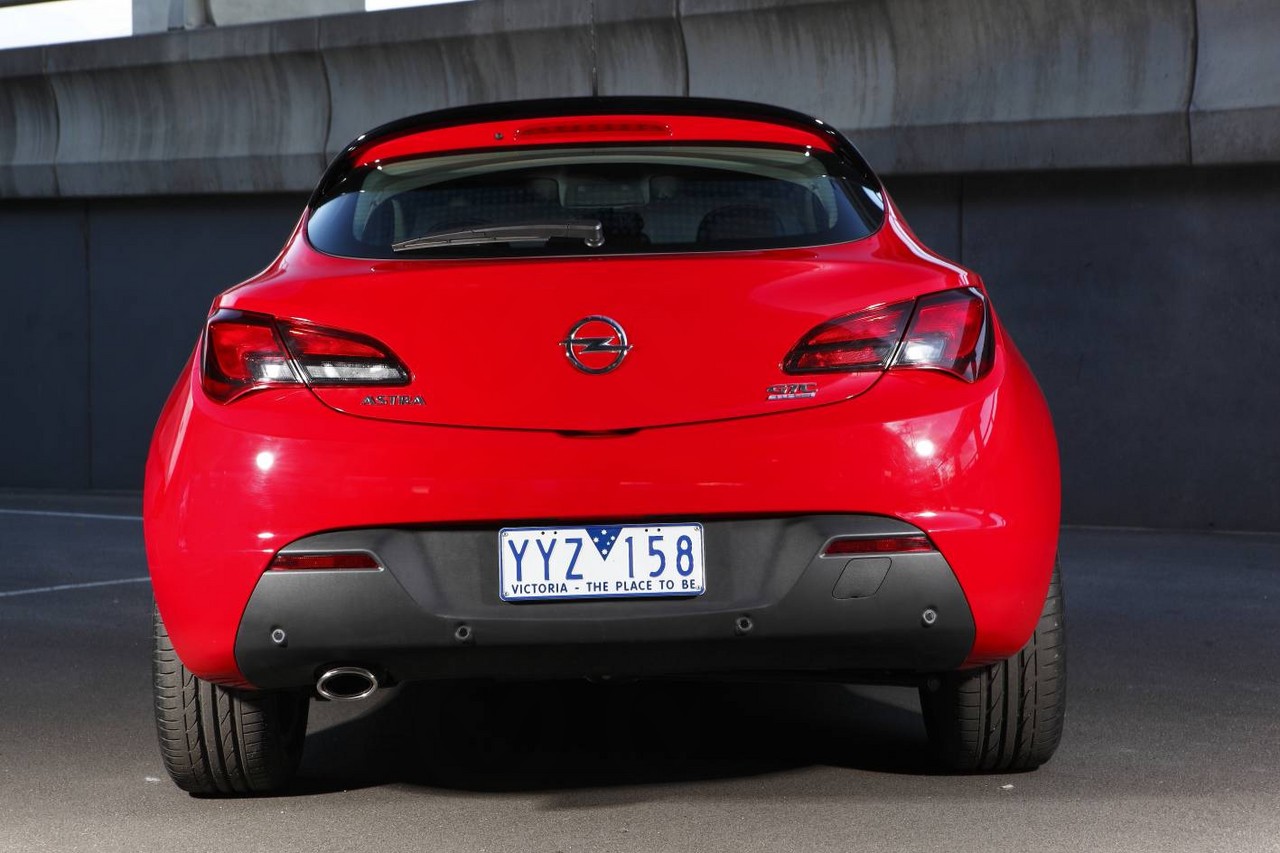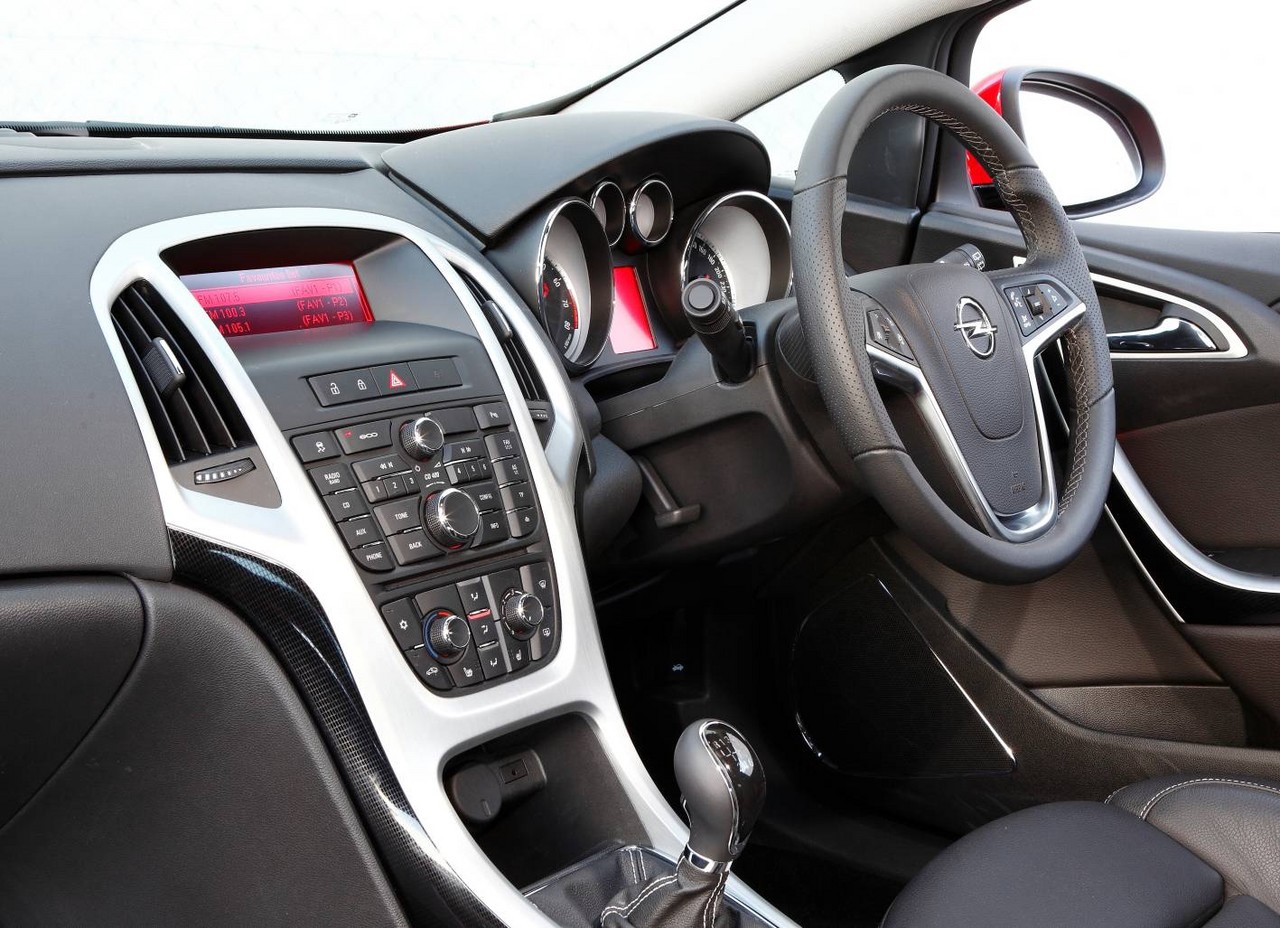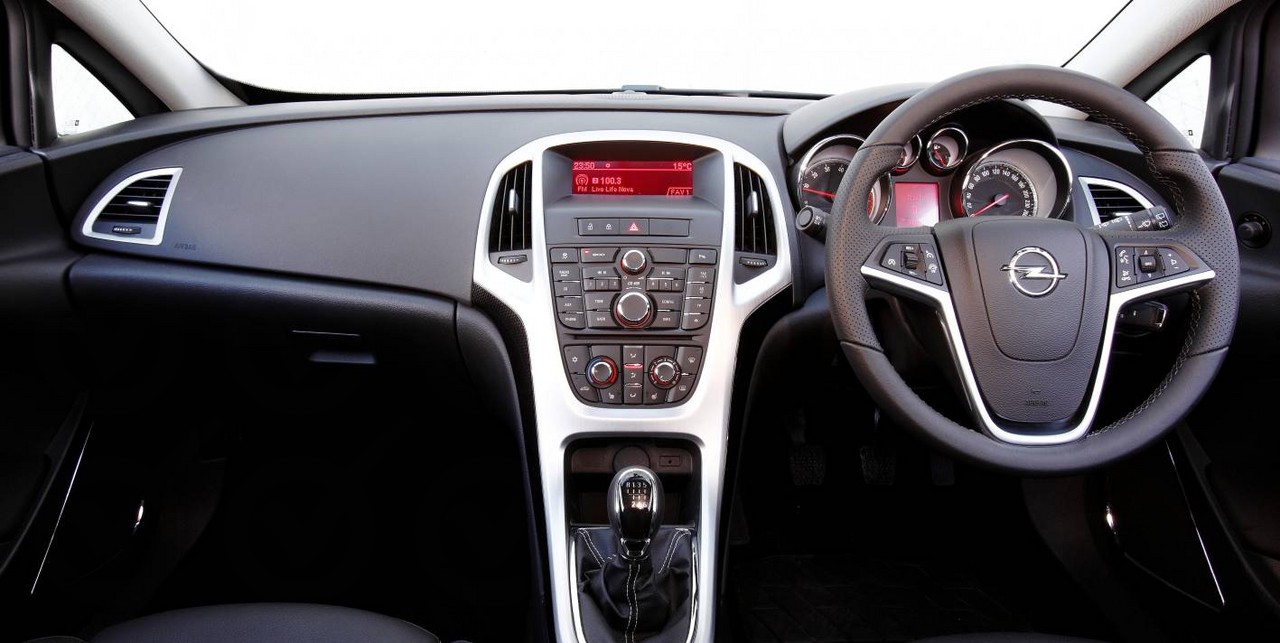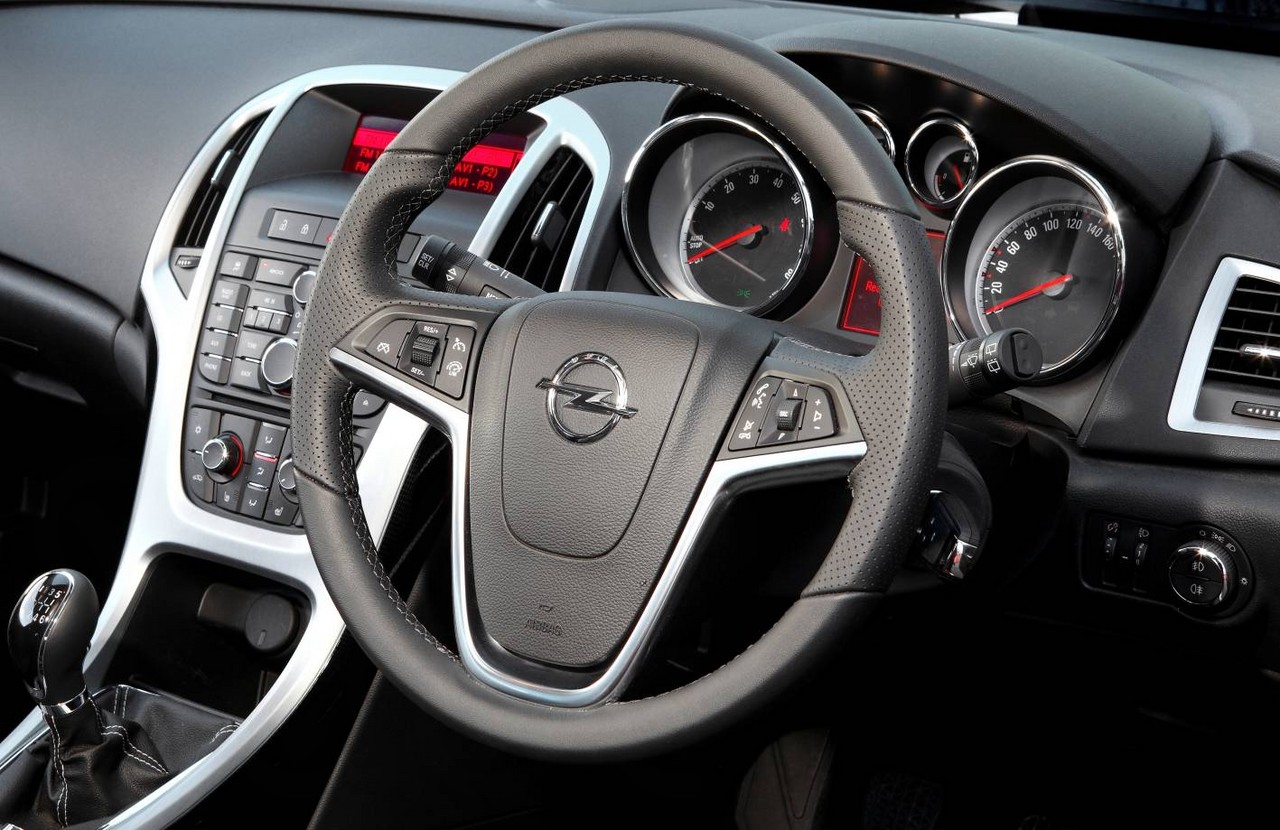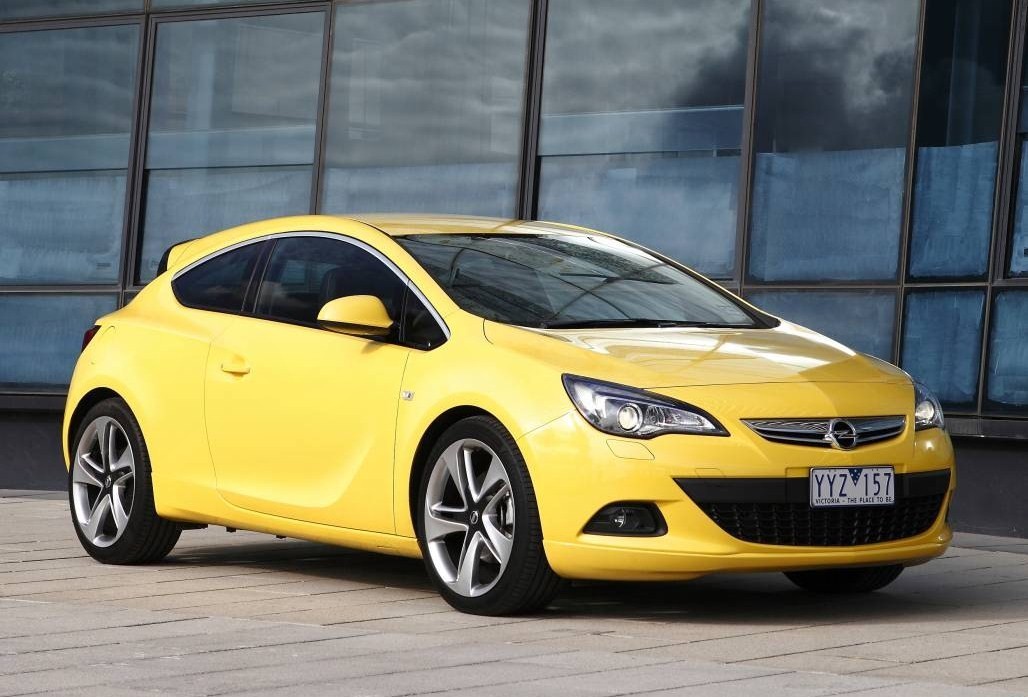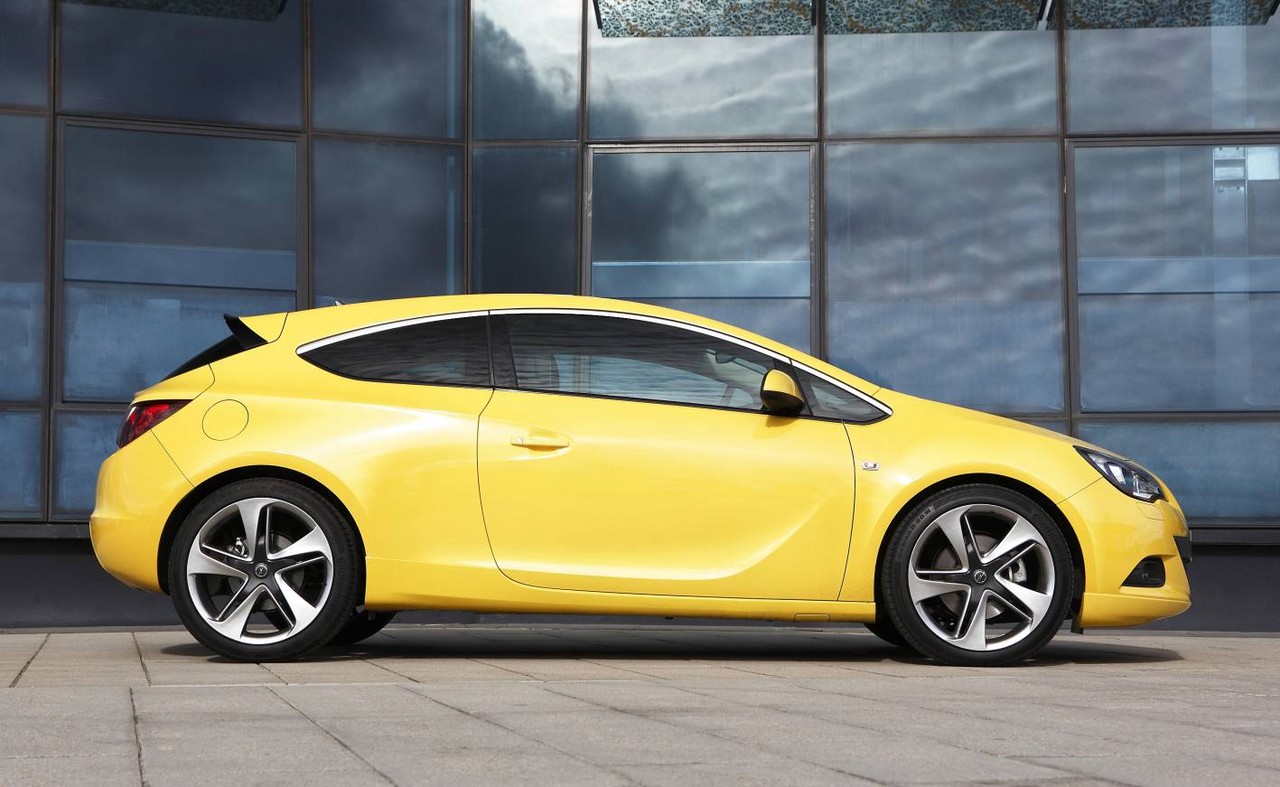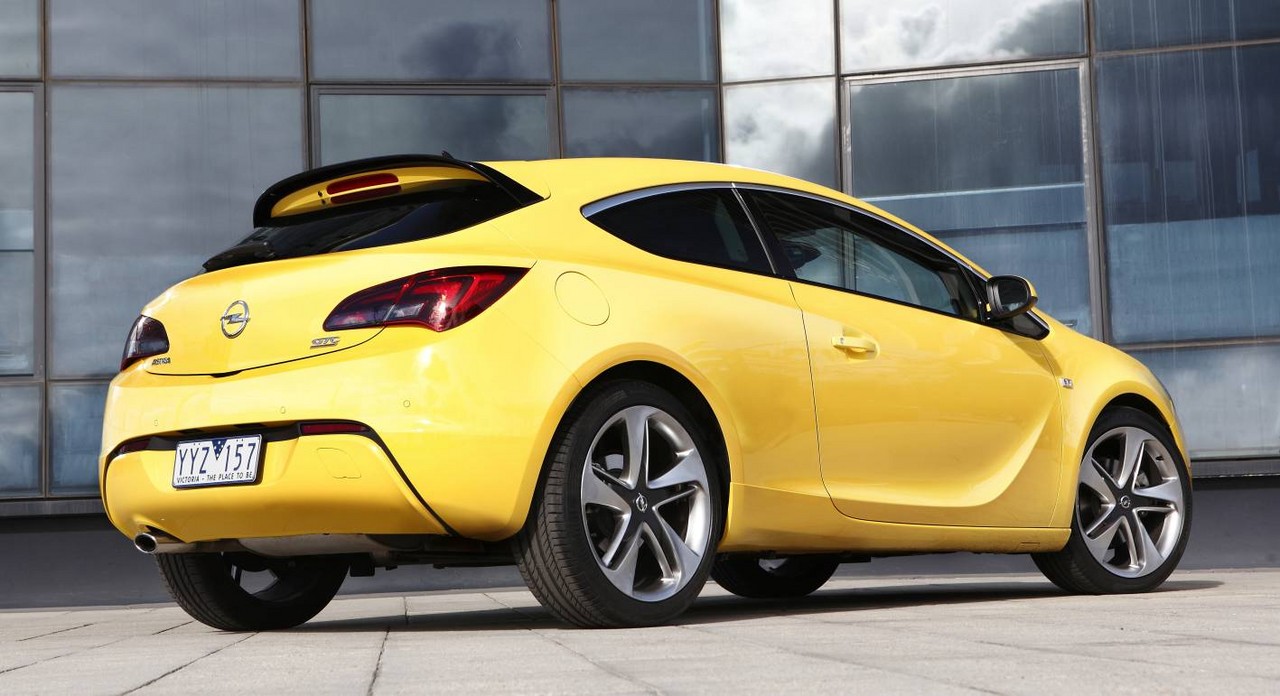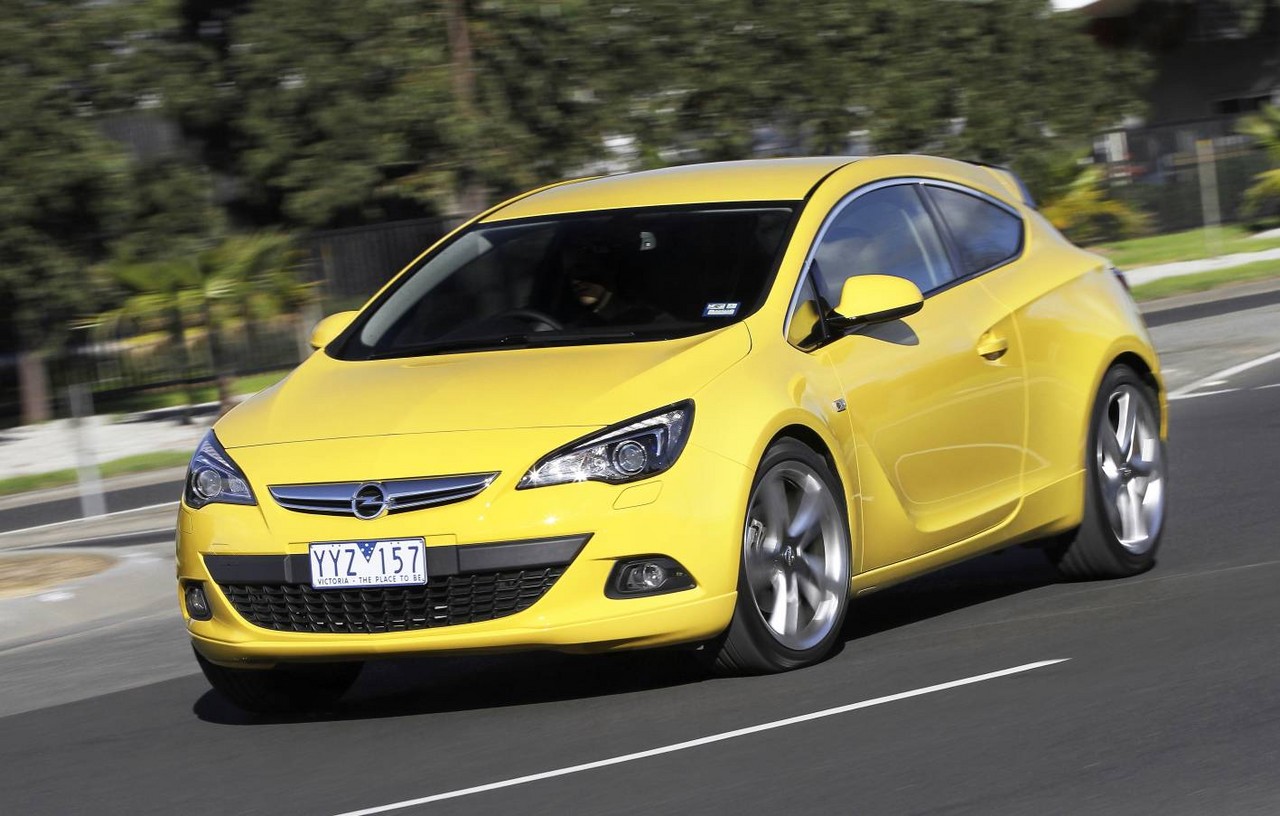
- Responsive turbocharged petrol engines, particularly with the manual transmission
- Manual transmission has well-weighted clutch and light shift action
- Accomplished dynamics
- Good rear seat space (for a three-door)
- Well-weighted steering
- Front seats lack lumbar support
- For GTC Sport (with 19-inch wheels), suspension lacks compliance
- Automatic transmission sometimes indecisive
- Engine noise and, for models with automatic transmissions, exhaust noise
Overview
Released in October 2012, the Opel Mk.4 Astra GTC was a three-door hatchback. Manufactured in Gilwice, Poland, the Astra GTC and Astra GTC Sport were powered by 1.4- and 1.6-litre turbocharged petrol engines, respectively. The full Astra GTC range is given in the table below.
A14NET, A16LET and A16XHT engines
All Astra GTC engines had light cast iron blocks, aluminium cylinder heads, single-scroll turbochargers, double overhead camshafts, four valves per cylinders and variable intake and exhaust valve timing (Opel’s Double Continuous Variable Cam Phasing or DCVCP). However,
- The 1.4-litre A14NET engine had a compression ratio of 9.5:1, while this engine – when mated to six-speed manual transmissions – also had a Start/Stop function that enabled the engine to shut down when the vehicle was stationary in traffic;
- The 1.6-litre A16LET engine – available solely with six-speed manual transmissions – added variable intake valve geometry (Opel’s ‘TwinPort’) and had a compression ratio of 8.8:1; and,
- Available from July 2013, the 1.6-litre A16XHT engine – available solely with six-speed automatic transmissions – will have direct fuel injection (‘SIDI’) and a compression ratio of 10.5:1.
Dimensions
The Astra GTC was based on General Motors’ Delta II platform which also underpinned the Holden JG Cruze . Compared to the five-door Astra hatchback , the Astra GTC was 47 mm longer (at 4466 mm), 7 mm wider (2020 mm), 21 mm lower (1489 mm) and had a 10 mm longer wheelbase (2695 mm).
Suspension and steering
The Astra GTC had MacPherson strut-style front suspension with Opel’s HiPerStrut design which reduced the length of the spindle assembly by adding a second ball joint on top of the steering knuckle. As a result, the shorter spindle length reduced negative camber, providing greater traction and reducing torque steer. The second ball joint also de-couple the steering knuckle from the strut, helping isolate unwanted feedback from the road. At the rear, the Astra GTC had torsion beam suspension with Watt’s linkages.
To minimise fuel consumption, the Astra GTC had an electric power steering system.
| Engine | Trans. | Years | Peak power | Peak torque | |
|---|---|---|---|---|---|
| GTC | 1.4-litre turbo petrol I4 | 6sp man., 6sp auto |
2012-13 | 103 kW at 4900-6000 rpm | 200 Nm at 1850-4900 rpm (220 Nm with overboost*) |
| GTC Sport | 1.6-litre turbo petrol I4 | 6sp man. | 2012-13 | 132 kW at 5500 rpm | 230 Nm at 2200 rpm |
| 1.6-litre turbo petrol I4 (SIDI) | 6sp auto | 2013 | 125 kW at 4250 rpm | 260 Nm at 1650-4250 rpm (280 Nm with overboost) |
Safety equipment
Standard safety equipment for the Astra GTC included dual front airbags, front side airbags, full-length curtain airbags, ABS, electronic brake force distribution, brake assist, electronic stability control, traction control, active front seat head restraints and front seatbelts with dual pretensioners and load limiters.
Euro NCAP testing
In Euro NCAP testing , the Astra GTC received a five star safety rating which included a 91 per cent adult occupant protection rating and a 79 per cent child occupant protection rating. In the front offset test, protection of the driver’s chest was rated as adequate, while lower leg protection for both front occupants was also rated as adequate. In the side impact and pole tests, protection of the driver’s chest was rated as marginal.
Under ANCAP’s methodology , the Astra GTC received a five star adult occupant protection rating with a score of 33.35 out of 37.
Features
Standard features for the Astra GTC included 18-inch alloy wheels with 235/50 R18 97V tyres, a seven speaker audio system with a CD player, MP3-compatiblity and auxiliary inputs (3.5 mm/USB/iPod), air conditioning, cruise control, Imola/Morrocana premium cloth/leatherette trim, front and rear fog lights, daytime running lights, 60/40 split and folding rear seats, a leather-wrapped steering wheel with audio controls, Bluetooth mobile phone connectivity, remote central locking, power windows and heated mirrors, tilt and telescopic steering wheel adjustment, a 12 volt power outlet, trip computer and an immobiliser. Both the GTC and GTC Sport were fitted with a space-saver spare wheel.
The Astra GTC Sport was further equipped with 19-inch alloy wheels with 235/45 R19 95W tyres, a premium audio system with an SD card reader, satellite navigation with a seven-inch colour display (including 2D/3D mapping and voice guidance), dual-zone climate control air conditioning, a power adjustable driver’s seat, contoured front sports seats, Mondial leather trim, heated front seats, automatic headlights, rain-sensing wipers, a power-operated park brake and an electrochromatic rear view mirror.
Visually, the Astra GTC Sport could be identified by its sports bodykit, LED tail-lights and rear glass-mounted antenna. Inside, the Sport featured a front centre sliding armrest, sports alloy pedals and an OPC steering wheel and leather-covered gearshift knob.
Optional FlexRide adaptive suspension
The GTC Sport variant was available with an optional ‘FlexRide’ suspension system which continuously adapted to changes in driving style and cornering speed. The FlexRide system also had three selectable settings: Standard, Sport and Tour.
Related links
